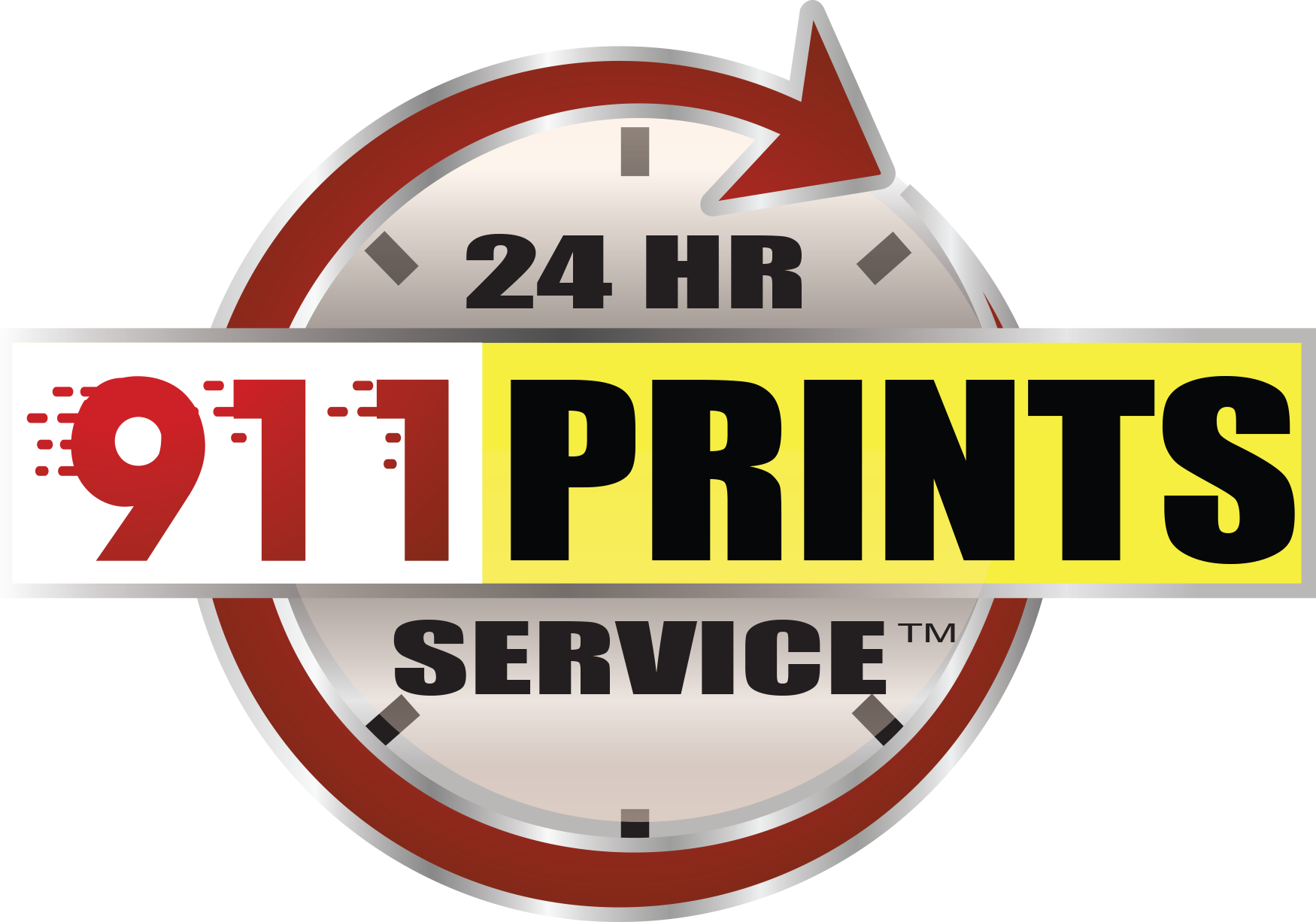
Making the Best Website for Your Business
As technology advances, so do customers and consumers; many businesses both small and large have created their own websites to act as a hub for their customers to find information about their products and services, as well as to answer queries, respond to feedback, and spread news about new offers. New online services such as Wix and Squarespace have appeared in recent years to offer business owners the opportunity to create their own websites; however, there’s more to creating a successful, user-friendly website than there appears. What are the best tips for ensuring that your website is the best that it can be?
Getting the Best Domain Name
Choose a domain that is easy to spell and easy to remember; customers will be less likely to visit your website, nevermind revisit it, if your URL is complicated, long, or nonsensical. Make sure to check the price of your domain name (it is very likely that your first choice with already be taken) to see if you can purchase the name at a reasonable price. Lastly, be sure to choose your URL with SEO (search engine optimization) in mind to ensure that your business’s website shows up higher in search engine results; if possible, use broad keywords relating to your business and your general location.
Show What You Do
Use a prominent, clear display that shows exactly what your business is, what you do, and what you stand for, so visitors to your site aren’t confused. Make sure the main banner on your homepage make it clear what your services or products are, and add a small introductory blurb of text to elaborate on what your aims are.
Make Your Site Beautiful and Efficient
Use appealing graphics and easy-to-read, aesthetically pleasing fonts that are compressed and optimized for fast loading (if your site is slow, search engines will penalize you by lowering your search ranking). Stay consistent with your brand and design through your entire site, making sure that the graphics, fonts, and color scheme fit your business’s aesthetic. Use clearly labelled and easily accessible links to the standard pages for small business websites, such as:
Home
About Us
Products/Services (with descriptions and images)
Contact Us
Privacy policy
As well as any other additional pages that are relevant to your specific business.
If you’re unsure where to start, look at successful competitor websites: what makes their site appealing? What do you think you could improve upon?
SEO Your Site
SEO (short for Search Engine Optimization) is a set of standard practices to apply to your website so search engines such as Google index and rank your website appropriately against other competing websites then show it to users of said search engine. The quality of your website and content determines if your site will rank highly on search engine result pages. SEO practices include:
-Keyword research and use
-Fast loading speed
-Having a mobile-friendly site
-High-quality external links on other related websites that lead to your site
-Having positive reviews online on platforms such as Google, Yelp, Facebook, etc.
-Using social media platforms such as LinkedIn, Twitter, or Facebook to link your site
Keep Everything Fresh
Take time to create and publish new, quality content regularly to keep your viewers interested; create a plan to publish new articles, content, etc. to not only your website, but external sites that link back to yours as well. Keeping your customers interested and willing to come back to your site is crucial to improving and maintaining high search engine rankings, so make sure to stick to a schedule of content creation and publication for your website.
While this is by no means an exhaustive list, just following these simple steps, staying dedicated to improving and adding onto your website, and listening to the feedback from your customers can ensure that your website works at an optimum level and continues to provide excellent service for your business.


